Erica Gray’s background is in fashion, but she has been widely recognised in recent years for her contribution to the art world. She creates soft sculptures and wearable art and invites her audience into a world ‘cushioned from reality’. Her work has been exhibited at the World of WearableArt Awards Show (WOW) and Townsville’s Strand Ephemera. She was also a finalist in the Gold Coast Art Prize Exhibition.
We ‘re delighted that this innovative and eccentric artist took time out to chat with us about her work.
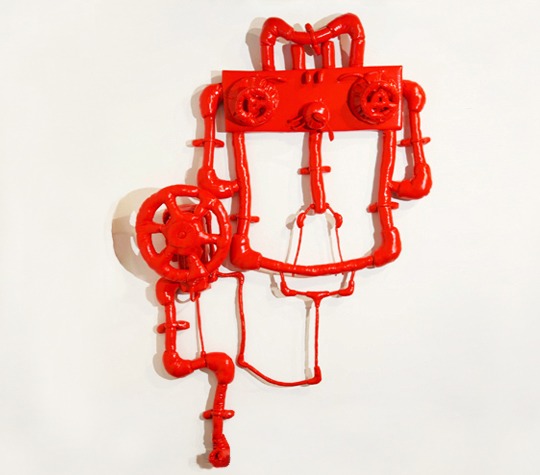
Fashion and art: the perfect combination
TextileArtist.org: What initially captured your imagination about textile art?
Erica Gray: In the late 80’s and 90’s fashion initially fuelled my creative side. I was inspired by designers such as Jean-Paul Gaultier who, apart from being a fashion designer, also co-hosted a TV show called Euro Trash. I loved to see all the strange wonderful fads people were experimenting with. I also worked as a dressmaker; designing and working on an array of garment types from bridal, leather fashions and costuming, through to a few unusual fetish based styles for some select clients.
It wasn’t until my late 30’s that I really started discovering the art world, and the first textile artists I came across were Louise Bourgeois and Rebecca Horn. The idea of using fabric to create artwork was very inspiring and I instantly felt I was on the right path.
Fashion still plays an important part in my career with the incorporation of wearable art into the practice over the last few years. For me this really does marry my past fashion life with my current art one and it feels like a perfect combination.
What or who were your early influences and how has your life/upbringing influenced your work?
When I was very young we moved house a lot and it wasn’t until my dad remarried that it felt like a real home. However I was lucky in that, I now had two mums, one who loved to draw and the other a fan of the textile arts such as spinning, weaving, macramé, sewing and knitting. So my siblings and I learnt how to knit, sew etc. Now, as an adult, I am weighed down with baggage and possessions so I no longer move around as often, and I can look back on those early learnt skills knowing they influence my work today.
What was your route to becoming an artist?
My path was one of working hard until I could afford to change careers, then work even harder to make up for lost time. It is difficult to earn a consistent living when you work in the arts, so it is very important that you know who you are making your art for. That person however, more often than not, is yourself.
My art life is filled with self-absorption, though I hope to strike a more balanced approach between my career and social life in the future.
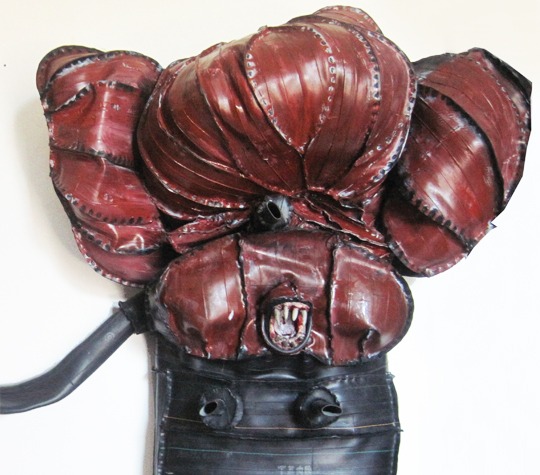
Collecting everything
What is your chosen medium and what are your techniques?
I work in a variety of mediums, often combining a few different ones within set techniques to produce my artworks. I am a fan of natural fibres, though most times I choose synthetic materials such as PVC coated fabrics, metallic finishes and rubberised materials for the sculptural work. I use a combination of machine and hand sewn techniques to produce my sculptures. The majority of the finishes are hand sewn.
How would you describe your work and where do you think it fits within the sphere of contemporary art?
I make sculptural forms stitched out of fabric; they are often wall mounted and stuffed with polyester fibres. The materials used are often associated with bike or car tyres, hardware stores or theatrical fields. The shapes and forms I produce are often symbolic or representative of animals.
Tell us a bit about your process and what environment you like to work in?
My studio is my home and I’m often fully immersed in my work, spending many hours at a time sitting at my work (should I say dining) table stitching tiny little overlapping stitches onto an artwork. I think about loads of different stuff, some good, some bad and sometimes I’m just on auto pilot.
The work itself; I start with sketches which are then translated into patterns, often drafted directly onto the fabric. I use machine and hand embroidery techniques to stitch the forms together, my sculptures are mostly stuffed with polyester fibre, bought in large volumes.
Storage is always an issue when I produce my pieces – I used to collect fashion and now I ‘only’ collect everything. When my mind switched from fashion maker to art maker something changed. While working on fashion I took special pride in my straight stitches; once where neatness and precision was key, to now, with my art, where nothing makes me happier than seeing these stitches all bunched up and on display.
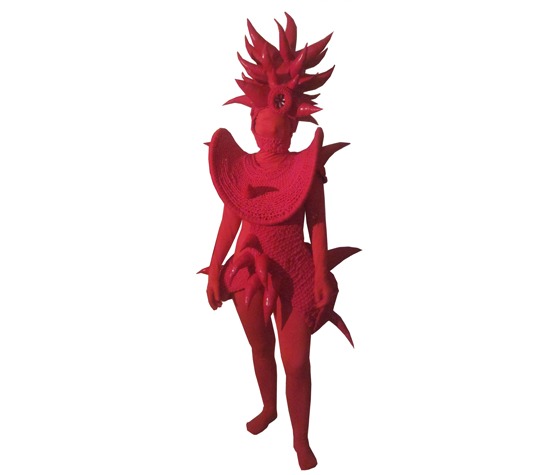
Evoking a reaction
Do you use a sketchbook?
Absolutely! I always keep at least one handy; Doodling is a great way to collect ideas and nut out the best methods to construct an artwork. It is also interesting to compare older books to newer ones and gauge any changes based on moods, events and time.
What currently inspires you?
It seems anything can inspire me; taps, pipe systems and plumbing componentry inspire some of my sculptural artworks. I think the plastic and metal materials they are made from as well as how they fit together into grids is interesting, but then I do come from a family of plumbers.
Issues such as the treatment of animals farmed for food are often on my mind and can influence the artworks I make. I also think about people who bury themselves deep inside their homes by hoarding, or people who just get up and leave everything behind. I feel compelled to create artwork which in some way expresses my personality, whether it is in humour or in empathy – artworks which often display the animalistic qualities in people and visa-versa. I don’t want to be someone who just makes beautiful objects. I want people to look and wonder why a painting’s background is so empty, or why does that sculpture look so cheeky or does it actually want to bite me? A reaction is good.
Tell us about a piece of work you have fond memories of and why?
One of my favourite pieces is a soft sculpture made from red PVC, zippers and poly fibre, which I called Dirty Little Secrets. The design is fingers which represent little secrets pushing out from an unzipped area. Inspired by photos found on the net of people holding up their secrets written down as paper notes, I thought it a novel idea. It also reminded me of something similar I had once done. That was to write a heartfelt letter and post it off without any address. It was a way to rid you of unwanted emotional baggage by sending it off to someplace else. I can’t remember who I wrote to or what I wrote about, but it was one of my little secrets.
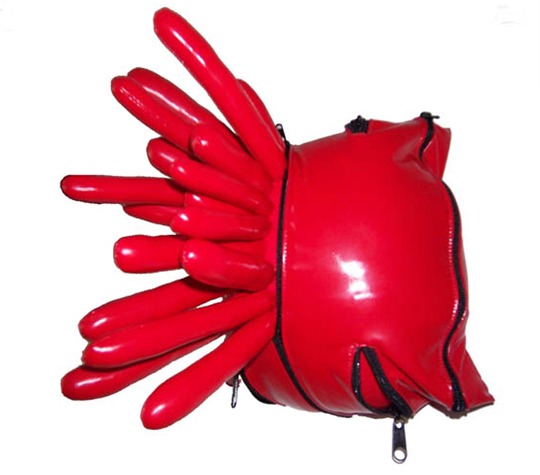
Learning how to ‘fit in’
How has your work developed since you began and how do you see it evolving in the future?
Initially I held back a lot, but I guess that’s normal of anyone testing a new environment. The art world was different, the people seem to think differently somehow and I have had to learn how to fit in. When I worked in fashion my clients came to me, I worked hard to make them happy and they paid me, now I just work very hard, without the sureties of being paid much (or at all), but my emotional life has never been richer. I will probably read this later and think “what an idiot” but I think it’s currently the truth.
If given the opportunity to exhibit my art further into the future, I aim to be less afraid of drawing on the things that upset me in life and use them in my artwork to draw attention to these topics.
What advice would you give to an aspiring textile artist?
Watch and learn as much as you can from others, then take that knowledge and apply it to your own ideas. For opportunities to exhibit, you can enter art competitions as well as get acquainted with your local arts community. If you want something, sometimes you have to step outside your comfort zone.
When I first started visiting galleries I would be in and out in just a few minutes – mainly because I didn’t know anyone, I would look at the artwork, smile at a few people, feel a bit awkward and then leave. Eventually you do see familiar faces and it just becomes easier. If you are starting out fresh, social media can be a great way to meet and find out what’s happening in your local arts community.
What are your favourite resources?
- [easyazon_link asin=”B006NZCEZ0″ locale=”UK” new_window=”default” nofollow=”default” tag=”wwwtextileart-21″ add_to_cart=”default” cloaking=”default” localization=”default” popups=”default”]Stickwork by Patrick Dougherty
- [easyazon_link asin=”030013746X” locale=”UK” new_window=”default” nofollow=”default” tag=”wwwtextileart-21″ add_to_cart=”default” cloaking=”default” localization=”default” popups=”default”]A Retrospective of artist Lee Bontecou by Elizabeth A T Smith
- [easyazon_link asin=”0892071117″ locale=”US” new_window=”default” nofollow=”default” tag=”textileaorg0a-20″ add_to_cart=”default” cloaking=”default” localization=”default” popups=”default”]Rebecca Horn, Guggenheim Museum
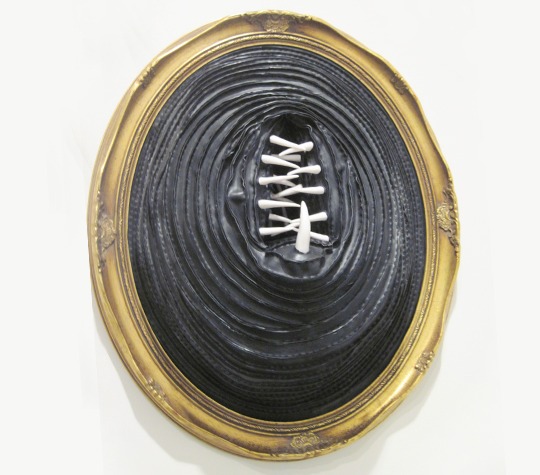
Producing a cohesive body of work
What piece of equipment or tool could you not live without?
My dressmaker’s scissors and needles are very useful items, though the one piece of equipment I wouldn’t want to live without is my old industrial straight sewing machine. I bought her second-hand when I was 17 and have maintained that relationship now for over 26 years. She has moved house 8 times, been relied on to earn a living, has never broken down and consistently weighted a ton.
How do you go about choosing where to show your work?
Initially entering art competitions and exhibiting regularly at any opportunity is a great way to get your artwork out and seen. Though I am learning the real key is to enter just enough art competitions so it adds value to your CV, keeps the business gallery happy as well as leaves enough time to produce that “cohesive body of work”. Over the last couple of years I have worked like someone possessed to have my art seen far and wide and have been fortunate to have exhibited in some very prestigious exhibitions.
Recently I applied to exhibit within regional galleries. In 2012 I displayed my first solo exhibition at the Gold Coast City Gallery and in 2013 I displayed another solo exhibition at the Tweed River Art Gallery. Applying to exhibit at these types of institutions can be very beneficial for making new contacts as well as access to professional advice and support. Next year I have committed to making artwork for another solo exhibition as well as a couple of very important group exhibitions which I am currently working on.
Where can readers see your latest work?
My garments from the World of WearableArt Awards Show from the 2012 and 2013, will be displayed as part of the permanent and temporary collections throughout 2014. For more details visit WorldOfWearableArt.com and Wowcars.co.nz.
In 2014 one of my soft sculptures will also be display in the 2nd Tamworth Textile Triennial.
Erica’s art is Represented by Anthea Polson Art, Gold Coast and PENNY CONTEMPORARY, Hobart.
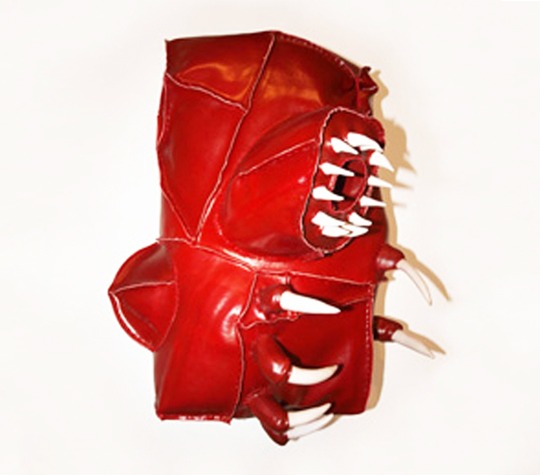
For more information about Erica Gray visit: www.ericagrayartist.com.au
Or explore the Erica Gray Artist App: a glimpse into Erica’s art career; past, present and future. Available for download on ipad and iphone from the App Store.
https://apps.apple.com/sg/app/id1389088021
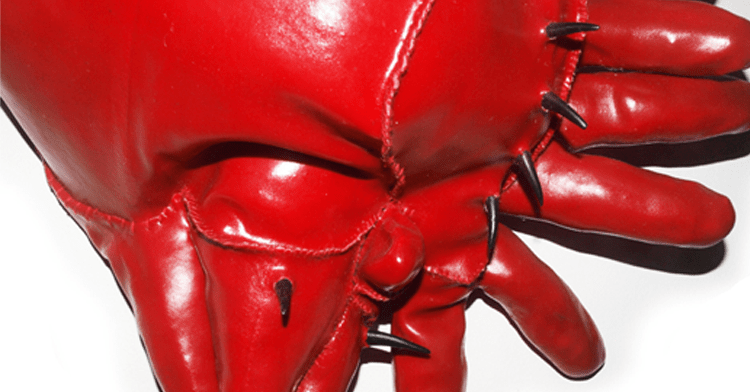
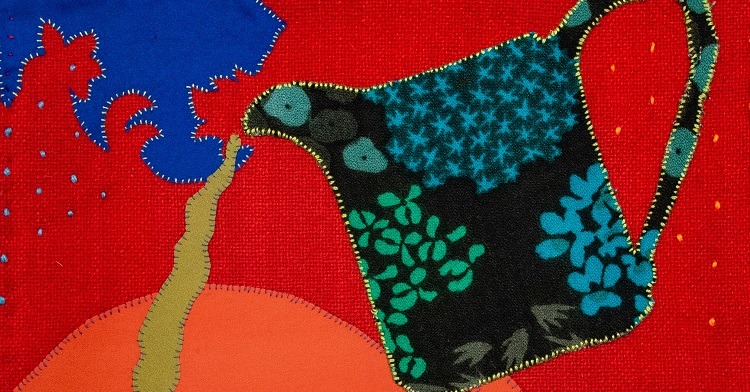
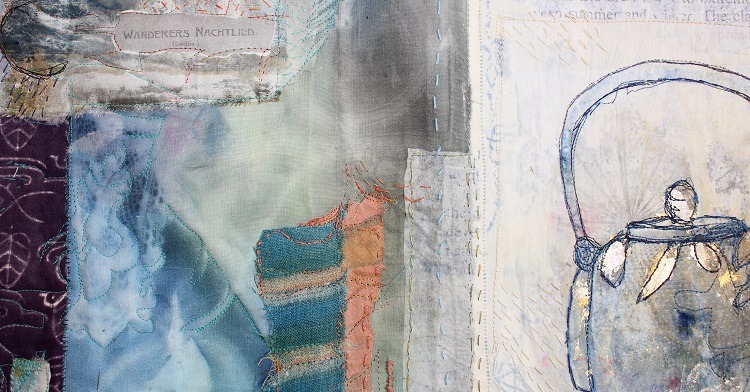
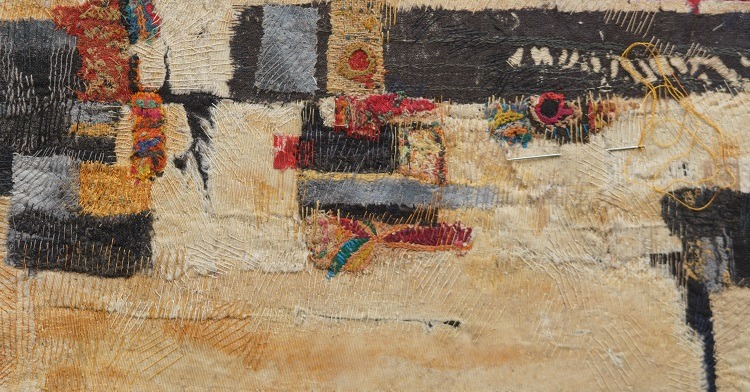
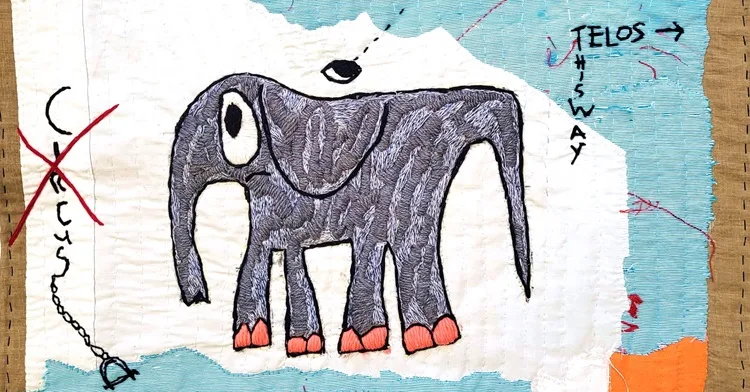
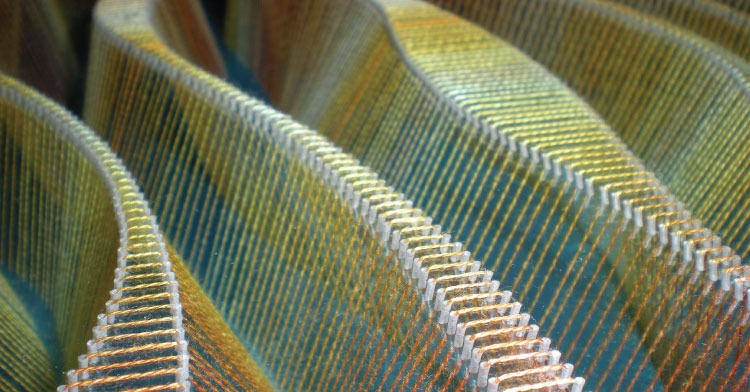
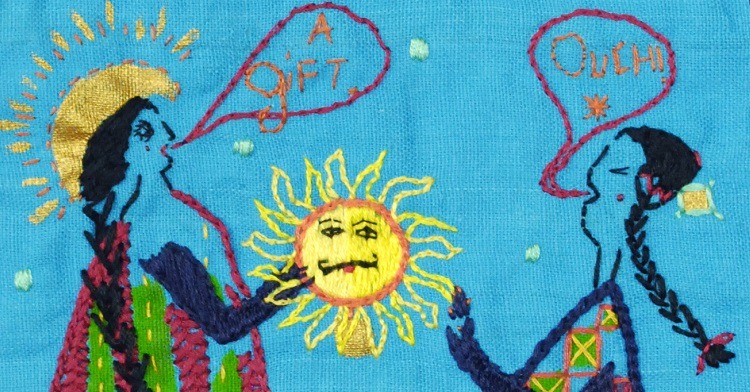
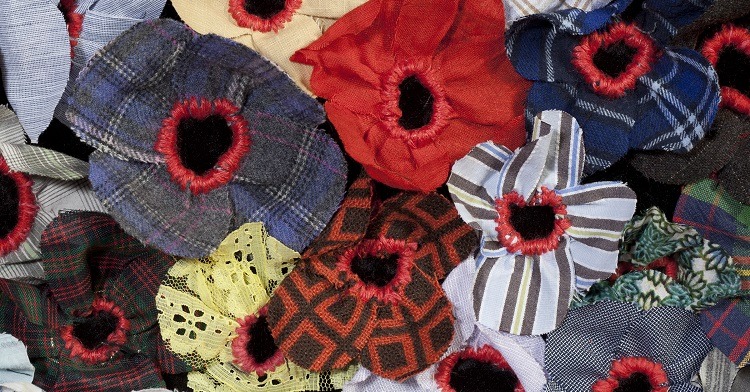
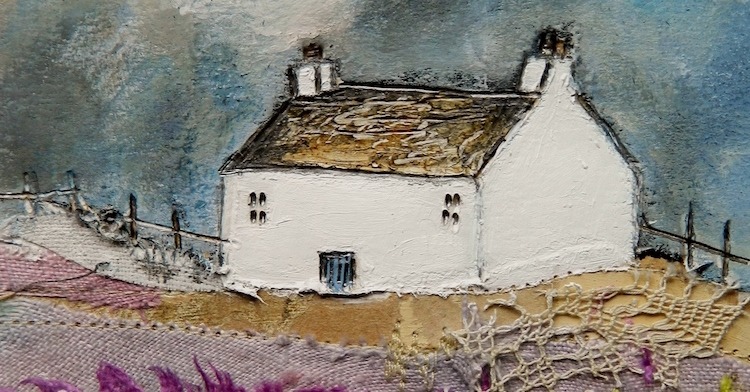
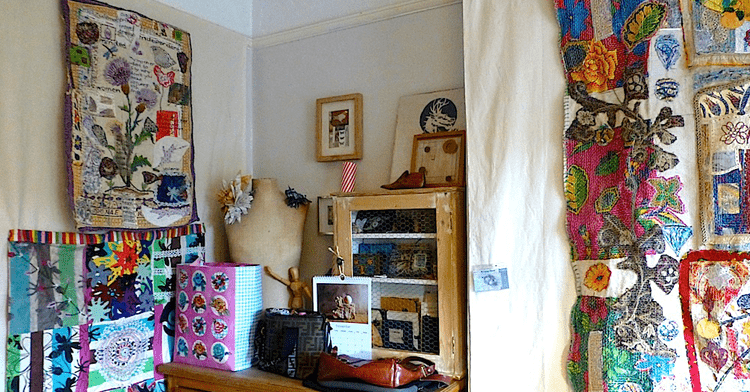
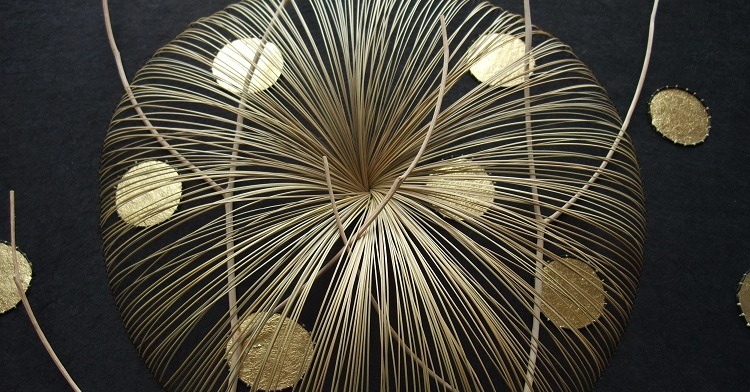
Comments